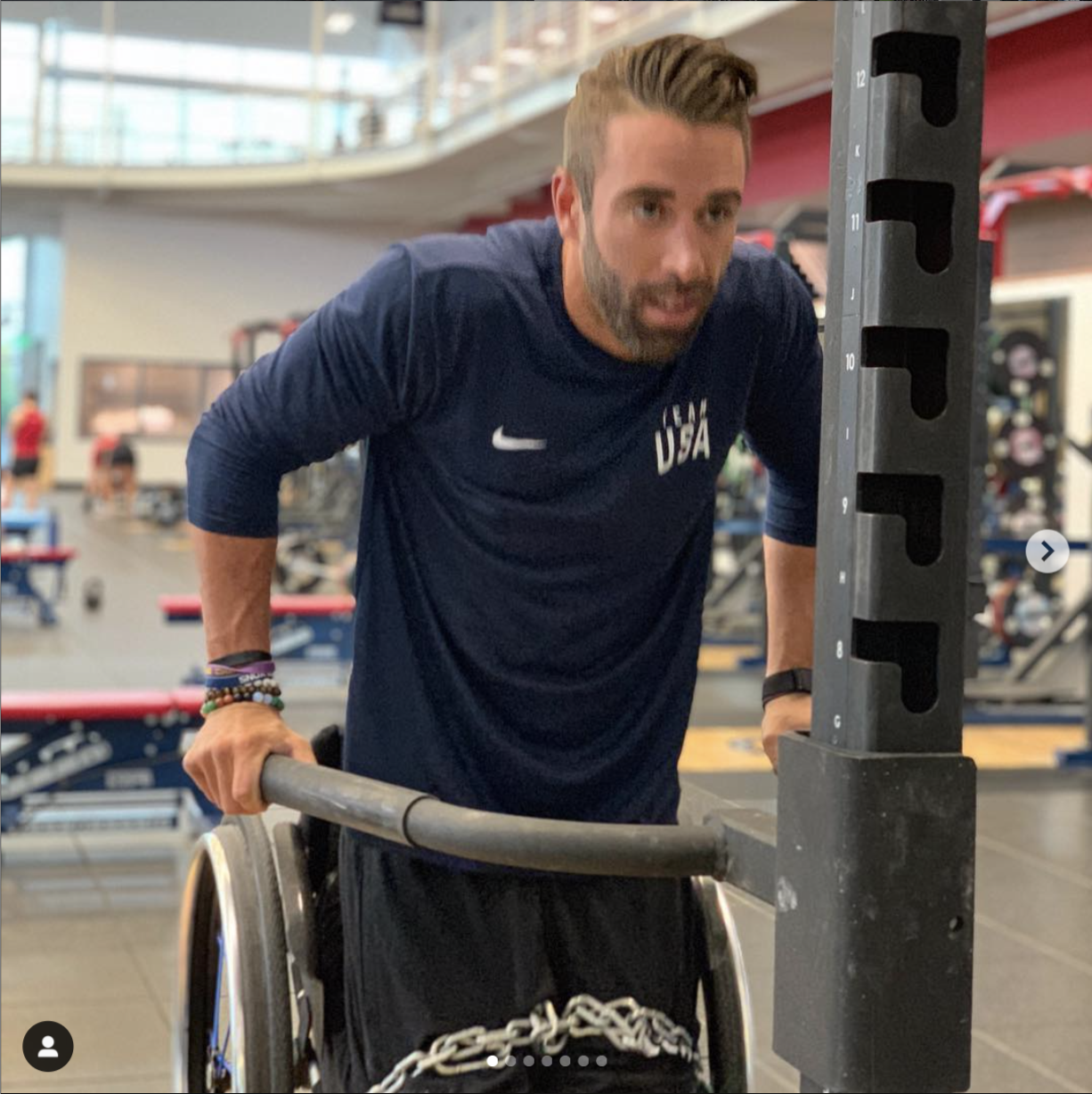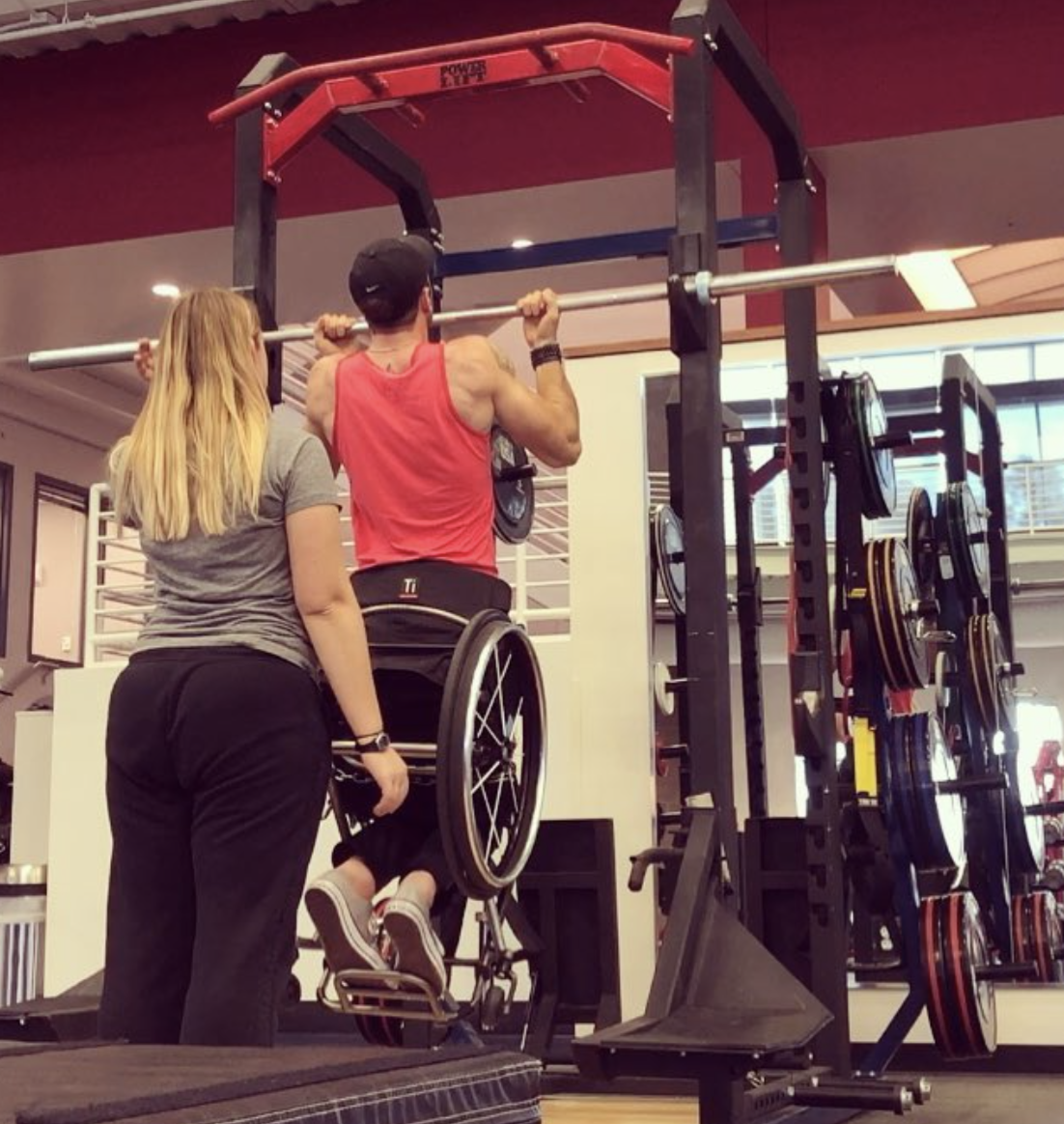Fighting for the Spirit of the ADA
/Special Note: Sculpture subject Jennifer Keelan Chaffins is featured in a 2021 Oscar-nominated and Peabody Award-winning Film! < link
At its heart, the Americans with Disabilities Act (ADA) is simple. This landmark law, passed in 1990, is about securing for people with disabilities the most fundamental of rights: the right to live and participate in the world. It ensures they can go places and do things that other Americans take for granted.
What’s happened with the ADA since it passed in 1990? For lifelong disability activist Jennifer Keelan-Chaffins, it’s a constant battle to keep the conversation, and the fight for the rights and inclusion of Americans with disabilities, alive and prioritized.
Jennifer raised awareness about the passage of the ADA in 1990, when at just eight years old she got out of her wheelchair and worked her way up the 83 stone steps to the U.S. Capitol Building during the Capitol Crawl protest. Their activism helped to pass the ADA into law, inspiring hope for people with disabilities.
Photo by Tom Olin
Now at age 38, Jennifer contends with many of the same barriers that the law was meant to remove.
Mya, Jennifer’s service dog, was perplexed watching our sculpture-forming activity. She thought it was a very strange therapy session.
Jennifer’s story and the ADA’s upcoming 30th anniversary inspired me to share the ongoing struggle for equality in the disability community by creating and exhibiting a monumental, lifelike, painted sculpture formed from Jennifer’s posed body. All the Way to Freedom portrays a person with disabilities caught both between the attitudinal and physical obstacles faced by persons with disabilities despite the efforts of the ADA to remove them.
Interestingly, the entire creative process of Jennifer’s sculpture turned into a perfect illustration for the daily challenges of living with a disability. It was a challenge for us to figure out how to manage the four flights of stairs to my studio, how to get Jennifer’s body posed for modeling, and even how to prepare for a potential asthma attack or body spasms from cerebral palsy during the sculpture’s formation.
Indeed, moments before the sculpture was sturdy enough to be removed Jennifer’s service dog, Mya, sensed an oncoming asthma attack and alerted Jennifer’s mother, Cyndi. Jennifer was scared but remained still while we prepared to remove the form. As we lifted and carried the structure away, Cyndi jumped to her side, helped roll Jennifer over, handed her nebulizer and helped her work through the body spasms. Jennifer let go a few tears, then relaxed her body and emotions with the assistance of Mya and Cyndi. I could only think – wow! – she’s still got it! We just witnessed the strength, courage and determination she had to climb the Capitol steps one very hot spring day 30 years ago.
This experience impressed upon me how tiring it can be to overcome the barriers that people with disabilities experience every day. However, with Jennifer’s persistence and my planning, preparation, experience, and with the help of my dedicated team of art assistants, the sculpting session went better than ever.
All the Way to Freedom, formed directly from Jennifer’s posed body.
The Fight Continues
My exceptional art team with Jennifer (upright in her Permobil wheelchair) and mom, Cyndi.
James Brady quote taken from : Worklife. A Publication on Employment and People with Disabilities, Fall 1990, Volume3, Number 3, “ADA , A Special Issue”; pg. 22.
Jennifer still believes what she said on March 12, 1990: “I didn’t climb all those steps for me, I did it for all kids so that life can be better for us as we grow up. I’m doing it for future generations.” Here she is today, still climbing barriers, navigating a seemingly endless course of obstacles both physical and attitudinal.
It’s really up to all of us – and for our mutual benefit – to make the promises of the ADA a reality in our time.
Everyday Ways You Can Support Persons with Disabilities
Help persons with disabilities to vote. The greatest power any American has is the ability to vote for legislation and representatives that champion their causes. Help persons with disabilities by giving them a ride to the ballot box, helping them to register and maintain their voter registration, and contacting their representatives about the issues that matter to them.
You too have the power to vote! Vote for ADA-friendly representatives and ballot initiatives. Call your representatives and demand affirmative action on enforcement of the ADA and passage of the Disability Integration Act (DIA).
Acknowledge people with disabilities. Smile, shake their hand, greet them — just as you would with any other human being.
Shovel the walk. During the winter, shovel your sidewalk, help a neighbor shovel their walk, and, if you own a business, ensure that all walkways around your building are free and clear.
Never park where it would block a walkway or in a handicap spot. It’s against the law to park in a handicap parking space, and even blocking that space may prevent someone from accessing care, supplies or a loved one.
Respect service animals. Service animals are highly trained and disciplined to care for their owners. Do not pet them, offer them treats, or otherwise distract them from remaining alert and providing crucial care.
Make your business accessible. If you cannot afford to install automative doors, install a call button and train employees to have awareness for the needs of those with disabilities.
Promote inclusion. Include them at places of worship and social gatherings, and even help them find employment.
Do the little things. Open doors, help people navigate and help with reaching out-of-reach items — these go a long way in making someone’s day.
All the Way to the Top
Jennifer is the subject of a brand new children’s book written by author Annette Bay Pimentel, All the Way to the Top: How One Girl’s Fight for Americans with Disabilities Changed Everything.
It’s the story of how one little girl helped forever change the conversation around people living with disabilities in America. Available at both Barnes & Noble and Amazon, it’s the perfect addition to any bedtime library for any little child with big dreams.






















